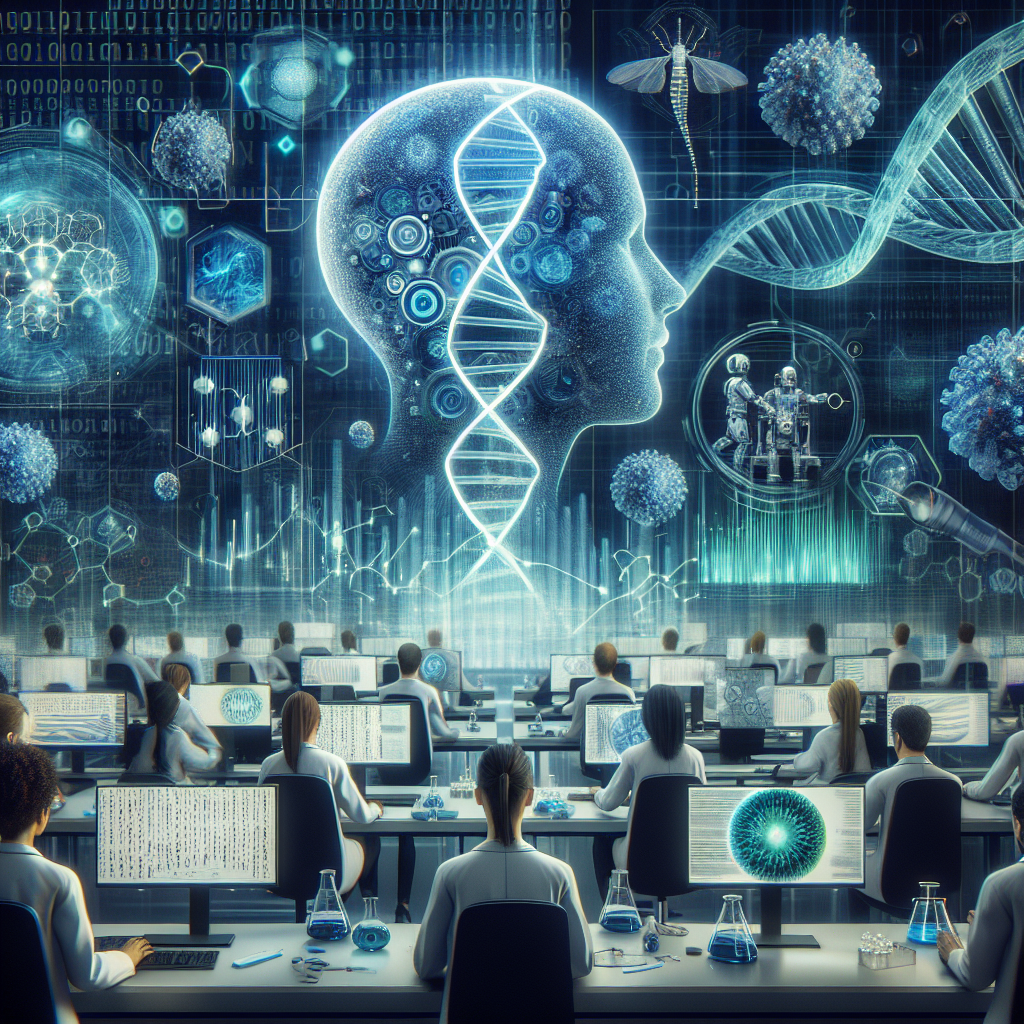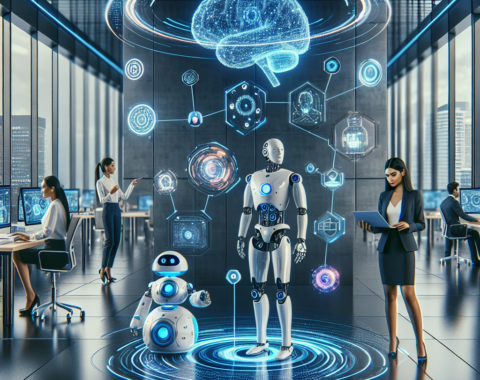
Mitigating Pandemic-Level Biosecurity Risks Posed by AI: Key Strategies
In recent years, the accelerating pace of artificial intelligence (AI) advancement has sparked both innovation and anxiety across multiple sectors. While AI presents transformative potentials, particularly in healthcare and biotechnology, it also harbors significant risks, particularly to biosecurity. AI’s capability to synthesize new pathogens or manipulate existing ones could arguably lead to threats similar in scale to global pandemics. Recognizing these risks is crucial for developing protective measures and policies that mitigate potential harm. This blog post explores strategies to make AI safer in the realm of biosecurity.
Understanding the Biosecurity Risks of AI
AI technologies are advancing at a rapid pace, and they hold the potential to revolutionize biotechnology by making complex biological processes easier to manipulate and understand. However, this capability could inadvertently or maliciously be exploited to create biosecurity threats. There are several avenues through which AI can pose significant biosecurity risks:
- Designing novel pathogens that have never existed in nature.
- Enhancing or altering existing pathogens in potentially dangerous ways.
- Disseminating misinformation or disinformation that can hinder public health responses.
- Automating biological weapons development to increase the scale or ease of production.
Due to the profound consequences, it is crucial to address these risks with urgency and precision. Below are strategies that can help mitigate these threats effectively.
Implementing Robust Governance Frameworks
Establishing Global Standards
The establishment of global standards and protocols is critical for mitigating AI-induced biosecurity threats. The international community must collaborate to create unified guidelines that all AI and biotech companies should follow. Key elements should include:
- Defining clear norms and regulations for biotechnological research involving AI.
- Creating a global inventory of dual-use technologies, with guidelines for safe and ethical use.
- Developing reporting and transparency requirements for organizations engaged in relevant research.
Strengthening Policy and Regulation
Policies play a crucial role in curbing the misuse of AI in biotechnology. Regional and national governments should work alongside international bodies to:
- Enact stringent regulations on the development and application of AI in sensitive areas.
- Encourage cross-border collaborations for policing AI research and development.
- Provide clear frameworks for law enforcement and security agencies to prevent bioterrorism.
Enhancing Technological Safeguards
Developing AI Safety Mechanisms
Embedding safety protocols directly within AI systems is another layer of defense against biosecurity risks. AI developers and researchers should prioritize:
- Integrating safety checks, or “ethical firewalls,” into AI systems that monitor actions related to biosecurity.
- Utilizing explainable AI (XAI) to ensure transparency in decision-making processes concerning biological data.
- Developing machine learning models that can detect anomalies or improper AI system use.
Conducting Robust Risk Assessments
AI risk assessments in biosecurity should be complemented by updated real-world data. These assessments should focus on:
- Evaluating the dual-use potential of AI-biotech innovations.
- Continually updating security protocols based on new threats and vulnerabilities.
- Assessing the potential misappropriation of AI technologies by harmful entities.
Fostering Ethical Practices and Awareness
Promoting Ethical AI Development
Establishing a culture of ethical AI development related to biosecurity is vital for preemptively addressing potential risks. Key approaches include:
- Training and educating AI practitioners on ethical risks associated with biotechnology applications.
- Incorporating ethical considerations as a core component of AI and biotech company operations.
- Encouraging similar attitudes and practices among stakeholders in academia, industry, and government.
Raising Awareness and Public Engagement
Engaging the public in discussions about AI’s biosecurity risks can drive greater societal attention and vigilance. This can be achieved by:
- Creating public awareness campaigns regarding the potential consequences of AI misuse.
- Organizing workshops, seminars, and debates to inform and gather feedback from diverse stakeholders.
- Collaborating with educational institutions to incorporate relevant knowledge into curricula.
Encouraging Cross-Disciplinary Collaboration
Bringing Scientists, Ethicists, and Policymakers Together
Addressing AI-related biosecurity risks requires the collective insights of experts spanning multiple fields. Effective approaches include:
- Facilitating cross-disciplinary initiatives that merge technological, ethical, and policy-related expertise.
- Benchmarking interdisciplinary AI-biosecurity projects to learn from successful strategies and best practices.
- Engaging in dialogue with diverse voices to ensure preventative strategies are holistic and sustainable.
Conclusion
The biosecurity risks associated with AI mirror the world’s evolving technological landscape and require concerted and well-considered action. Addressing these threats involves forging globally accepted norms and ethics, establishing robust governance frameworks, and harnessing technology’s potential for containment. By embedding these strategies, the international community can create a safer environment, poised to benefit from AI’s ingenuity without compromising global biosecurity.




